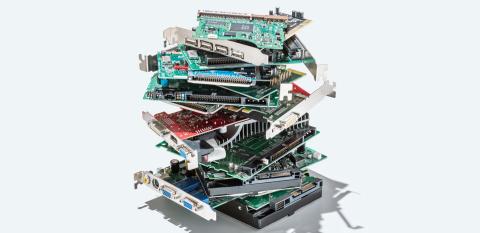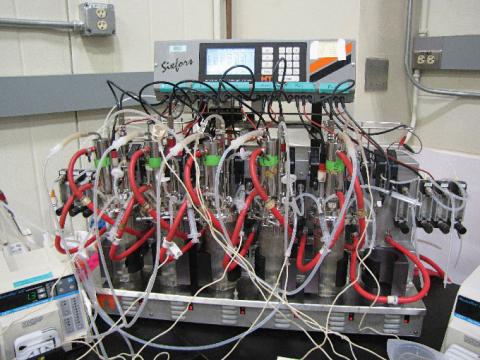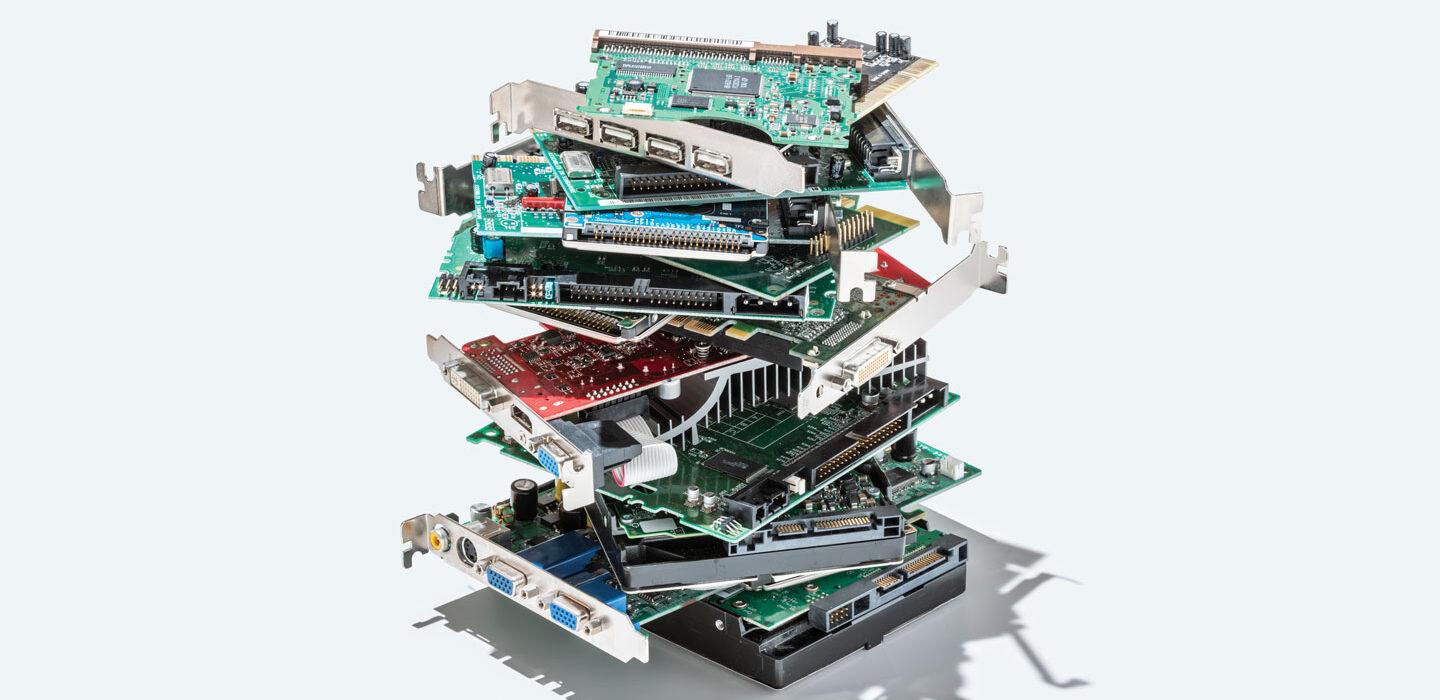
Our modern lives depend on rare earth elements, and someday soon we may not have enough to meet growing demand.
Because of their special properties, these 17 metallic elements are crucial ingredients in computer screens, cell phones and other electronics, compact fluorescent lamps, medical imaging machines, lasers, fiber optics, pigments, polishing powders, industrial catalysts – the list goes on and on (SN Online: 1/16/23). Notably rare earths are an essential part of the high-powered magnets and rechargeable batteries in the electric vehicles and renewable energy technologies needed to get the world to a low- or zero-carbon future.
For most of the jobs rare earths do, there are no good substitutes. So to help meet future demand and diversify who controls the supply — and perhaps even make rare earth recovery “greener” — researchers are looking for alternatives to conventional mining.
Proposals include everything from extracting the metals from coal waste to really out-there ideas like mining the moon. But the approach most likely to make an immediate dent is recycling. “Recycling is going to play a very important and central role,” says Ikenna Nlebedim, a materials scientist at Ames National Laboratory in Iowa and the Department of Energy’s Critical Materials Institute. “That’s not to say we’re going to recycle our way out of the critical materials challenge.”
Still, in the rare earth magnets market, for instance, by about 10 years from now, recycling could satisfy as much as a quarter of the demand for rare earths, based on some estimates. “That’s huge,” he says.

Microbial partners can help recycle rare earths
One approach leans on microscopic partners. Gluconobacter bacteria naturally produce organic acids that can pull rare earths, such as lanthanum and cerium, from spent catalysts used in petroleum refining or from fluorescent phosphors used in lighting. The bacterial acids are less environmentally harmful than hydrochloric acid or other traditional metal-leaching acids, says Yoshiko Fujita, a biogeochemist at Idaho National Laboratory in Idaho Falls. Fujita leads research into reuse and recycling at the Critical Materials Institute. “They can also be degraded naturally,” she says.
In experiments, the bacterial acids can recover only about a quarter to half of the rare earths from spent catalysts and phosphors. Hydrochloric acid can do much better — in some cases extracting as much as 99 percent. But bio-based leaching might still be profitable, Fujita and colleagues reported in 2019 in ACS Sustainable Chemistry & Engineering.
In a hypothetical plant recycling 19,000 metric tons of used catalyst a year, the team estimated annual revenues to be roughly $1.75 million. But feeding the bacteria that produce the acid on-site is a big expense. In a scenario in which the bacteria are fed refined sugar, total costs for producing the rare earths are roughly $1.6 million a year, leaving around just $150,000 in profits. Switching from sugar to corn stalks, husks and other harvest leftovers, however, would slash costs by about $500,000, raising profits to about $650,000.
How to pull rare earths from discarded magnets
Another approach already being commercialized skips the acids and uses copper salts to pull the rare earths from discarded magnets, a valuable target. Neodymium-iron-boron magnets are about 30 percent rare earth by weight and the single largest application of the metals in the world. One projection suggests that recovering the neodymium in magnets from U.S. hard disk drives alone could meet up about 5 percent of the world’s demand outside of China before the end of the decade.
Nlebedim led a team that developed a technique that uses copper salts to leach rare earths out of shredded electronic waste that contains magnets. Dunking the e-waste in a copper salt solution at room temperature dissolves the rare earths in the magnets. Other metals can be scooped out for their own recycling, and the copper can be reused to make more salt solution. Next, the rare earths are solidified and, with the help of additional chemicals and heating, transformed into powdered minerals called rare earth oxides. The process, which has also been used on material left over from magnet manufacturing that typically goes to waste, can recover 90 to 98 percent of the rare earths, and the material is pure enough to make new magnets, Nlebedim’s team has demonstrated.
In a best-case scenario, using this method to recycle 100 tons of leftover magnet material might produce 32 tons of rare earth oxides and net more than $1 million in profits, an economic analysis of the method suggests.
That study also evaluated the approach’s environmental impacts. Compared with producing one kilogram of rare earth oxide via one of the main types of mining and processing currently used in China, the copper salt method has less than half the carbon footprint. It produces an average of about 50 kilograms of carbon dioxide equivalent per kilogram of rare earth oxide versus 110, Nlebedim’s team reported in 2021 in ACS Sustainable Chemistry & Engineering.
But it’s not necessarily greener than all forms of mining. One sticking point is that the process requires toxic ammonium hydroxide and roasting, which consumes a lot of energy, and it still releases some carbon dioxide. Nlebedim’s group is now tweaking the technique. “We want to decarbonize the process and make it safer,” he says.
Meanwhile, the technology seems promising enough that TdVib, an Iowa company that designs and manufactures magnetic materials and products, has licensed it and built a pilot plant. The initial aim is to produce two tons of rare earth oxides per month, says Daniel Bina, TdVib’s president and CEO. The plant will recycle rare earths from old hard disk drives from data centers.
Link to the full story at Science News: Recycling rare earth elements is hard. Science is trying to make it easier

